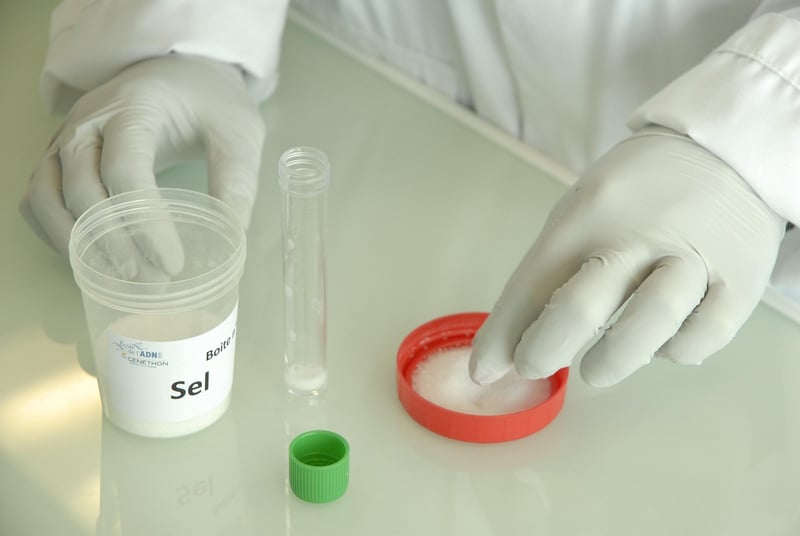Martian Water Extraction
Exploiting Celestial Materials for Martian Water Extraction
As humanity looks towards the prospect of establishing a sustainable presence on Mars, one of the key challenges to overcome is the availability of water. Water is essential for various activities on the Red Planet, from sustaining life to fueling rockets for return missions. One innovative solution being explored is the exploitation of celestial materials for Martian water extraction.
1. Asteroid Mining
Asteroids, the rocky remnants from the early formation of the solar system, contain valuable resources, including water locked in the form of ice. By mining asteroids near Mars, we can extract this water and use it for various purposes. Water can be electrolyzed into hydrogen and oxygen, essential components for rocket fuel, or used for drinking and irrigation.

2. Lunar Resources
The Moon is another celestial body rich in resources that can aid in Martian water extraction. Lunar water exists in the form of ice at the poles. By setting up mining operations on the Moon, we can extract water and transport it to Mars using efficient spacecraft. This process can significantly reduce the cost and complexity of Martian missions.

3. Comets and Kuiper Belt Objects
Comets and objects in the Kuiper Belt are believed to contain large amounts of water ice. By intercepting these celestial bodies on their journey through the solar system, we can harvest their water content for Martian use. This approach can provide a continuous supply of water for sustained human presence on Mars.

By leveraging the resources available in our solar system, particularly celestial materials like asteroids, the Moon, comets, and Kuiper Belt objects, we can enhance our capabilities for Martian water extraction. These innovative methods not only address the water scarcity on Mars but also pave the way for long-term human exploration and colonization of the Red Planet.
Join us in unlocking the potential of celestial materials for a sustainable future on Mars!
